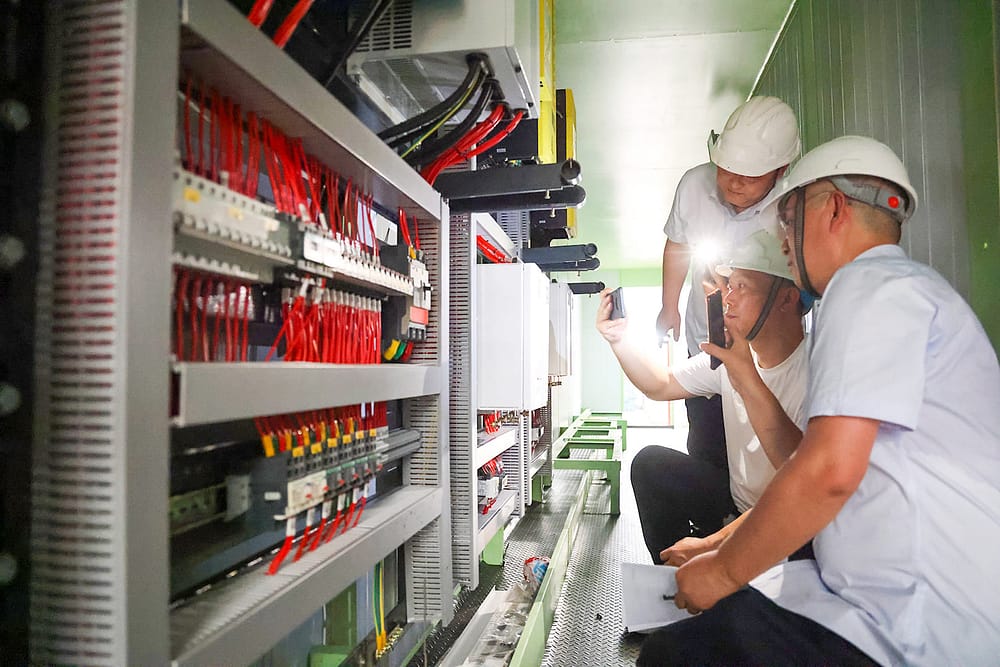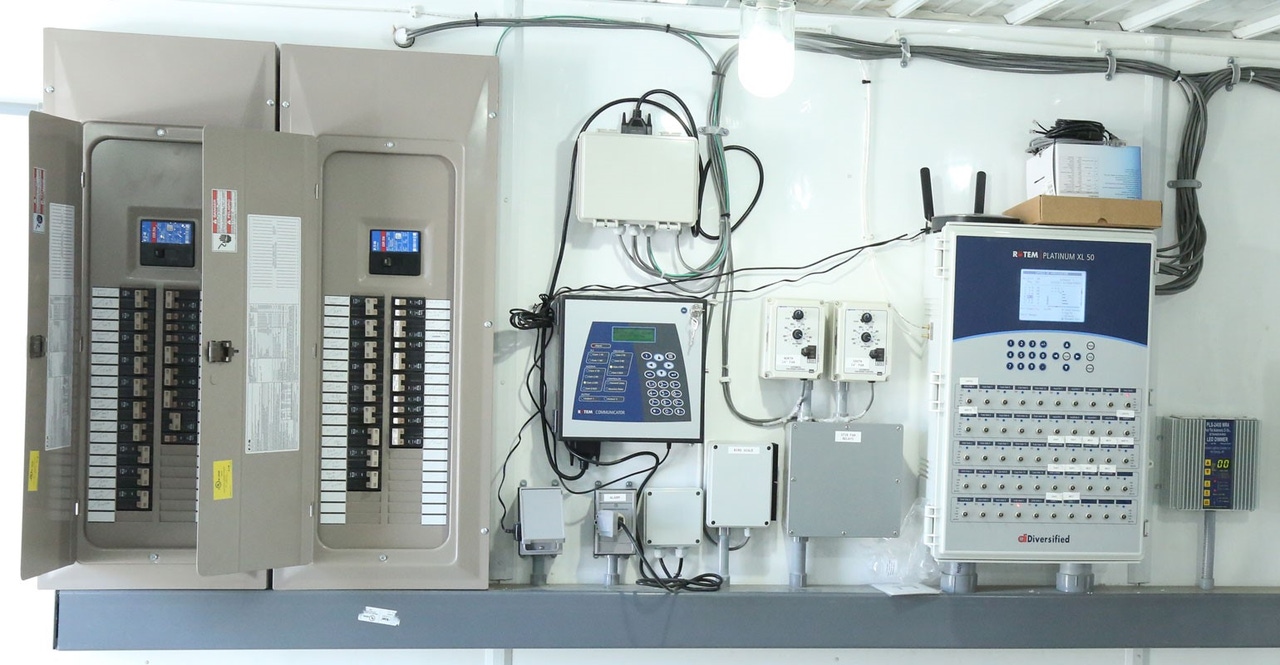Improve processes with professional mechanical system optimisation support.
Top Tips for Effective Electric System Troubleshooting
Troubleshooting electric systems needs a systematic technique, based in a comprehensive understanding of electrical principles and safety procedures. The nuances of efficient fixing prolong past plain technological expertise; recognizing just how to record findings and prioritize safety can considerably influence results.
Understand the Fundamentals
Comprehending the basics of electrical systems is important for effective troubleshooting, as a solid structure allows service technicians to detect and solve concerns a lot more effectively. An extensive grasp of electrical concepts, such as voltage, current, resistance, and power, is crucial in identifying the source of troubles. Voltage is the electrical potential distinction that drives existing with a circuit, while resistance opposes the flow of existing, influencing the general functionality of the system.
Knowledge with circuit elements, including resistors, capacitors, diodes, and changes, is also vital. Each component plays a distinctive role in circuit actions and can affect efficiency when malfunctioning. Additionally, comprehending collection and parallel circuit arrangements is important, as these setups influence the distribution of voltage and existing within the system.
Technicians should be aware of prospective dangers, such as shock and brief circuits, to carry out secure troubleshooting practices. By grasping these fundamental concepts, specialists improve their capability to perform reliable diagnostics and fixings, inevitably leading to boosted efficiency and integrity of electric systems (electrical system troubleshooting).
Gather Necessary Devices
Efficient troubleshooting of electrical systems calls for the ideal set of tools to detect and solve problems accurately. Crucial devices include a multimeter, which measures voltage, present, and resistance, enabling for precise analyses of electrical components.
In addition, protected hand devices such as screwdrivers, pliers, and cable strippers are critical for safely adjusting electric connections. It is additionally a good idea to have a circuit tester available to validate the existence of voltage in outlets and cords. For more facility systems, a thermal imaging cam can help identify overheating parts, suggesting prospective failings.

Follow a Methodical Technique
Having actually collected the proper devices, the following action in repairing electric systems is to comply with an organized strategy. A systematic approach makes certain that professionals can recognize faults successfully and properly, decreasing downtime and preventing unneeded fixings.
Begin by assessing the system's schematic layouts and requirements. Comprehending the style and operational parameters will certainly give context for detecting problems. Next, separate the trouble location by utilizing a process of removal. This includes checking each component methodically, beginning with the power source and functioning in the direction of the tons.
Make use of testing equipment, such as multimeters and oscilloscopes, to collect unbiased data about voltage, existing, and resistance at different points within the system. This empirical proof will guide your troubleshooting initiatives and assist to verify or eliminate possible reasons for failing.
Additionally, take into consideration ecological factors that might influence the system's efficiency, such as temperature level fluctuations or dampness ingress. An extensive inspection of electrical wiring, connections, and elements will make sure that all possibilities are represented.
Document Your Searchings For
Detailed documentation is vital in the repairing procedure of electric systems. This practice not only aids in understanding the root cause of the issue however additionally offers as a recommendation for future troubleshooting efforts.

Additionally, keeping a log of components replaced or repair services carried out is indispensable. This information supports supply monitoring and can assist evaluate the longevity and integrity of certain elements.
Ultimately, the documents procedure must be complete yet concise, enabling easy retrieval and testimonial - electrical system troubleshooting. By focusing on detailed documents, professionals can produce an important data base that not only aids in current why not check here troubleshooting but additionally equips future maintenance initiatives, thereby boosting total system dependability

Prioritize Precaution
Recognizing the integral risks related to electrical systems is critical for making sure safety throughout troubleshooting. Electric shock, burns, and devices damages are simply a few of the prospective threats that specialists deal with. Focusing on safety procedures is not just a legal responsibility yet also a moral imperative that safeguards both the specialist and the surrounding setting.
Prior to commencing any type of troubleshooting job, professionals should put on proper individual safety equipment (PPE), including insulated gloves, shatterproof glass, and flame-resistant clothing. Ensuring that the workspace is dry and without mess can significantly reduce the risk of mishaps. In addition, it is important to de-energize read the full info here circuits before beginning any work, verifying that they are not endure using a multimeter or voltage tester.
Developing clear communication procedures with team members is also essential; this makes certain that every person understands possible dangers and the condition of the electrical system being worked on. Having an emergency situation action strategy in location can show indispensable in the occasion of a case. By focusing on safety and security actions, service technicians can successfully alleviate dangers and promote a safer office.
Final Thought
Efficient electric system troubleshooting depends on a detailed understanding of basic principles and a systematic strategy. Prioritizing security actions guarantees the wellness of individuals included and the honesty of the electric system.